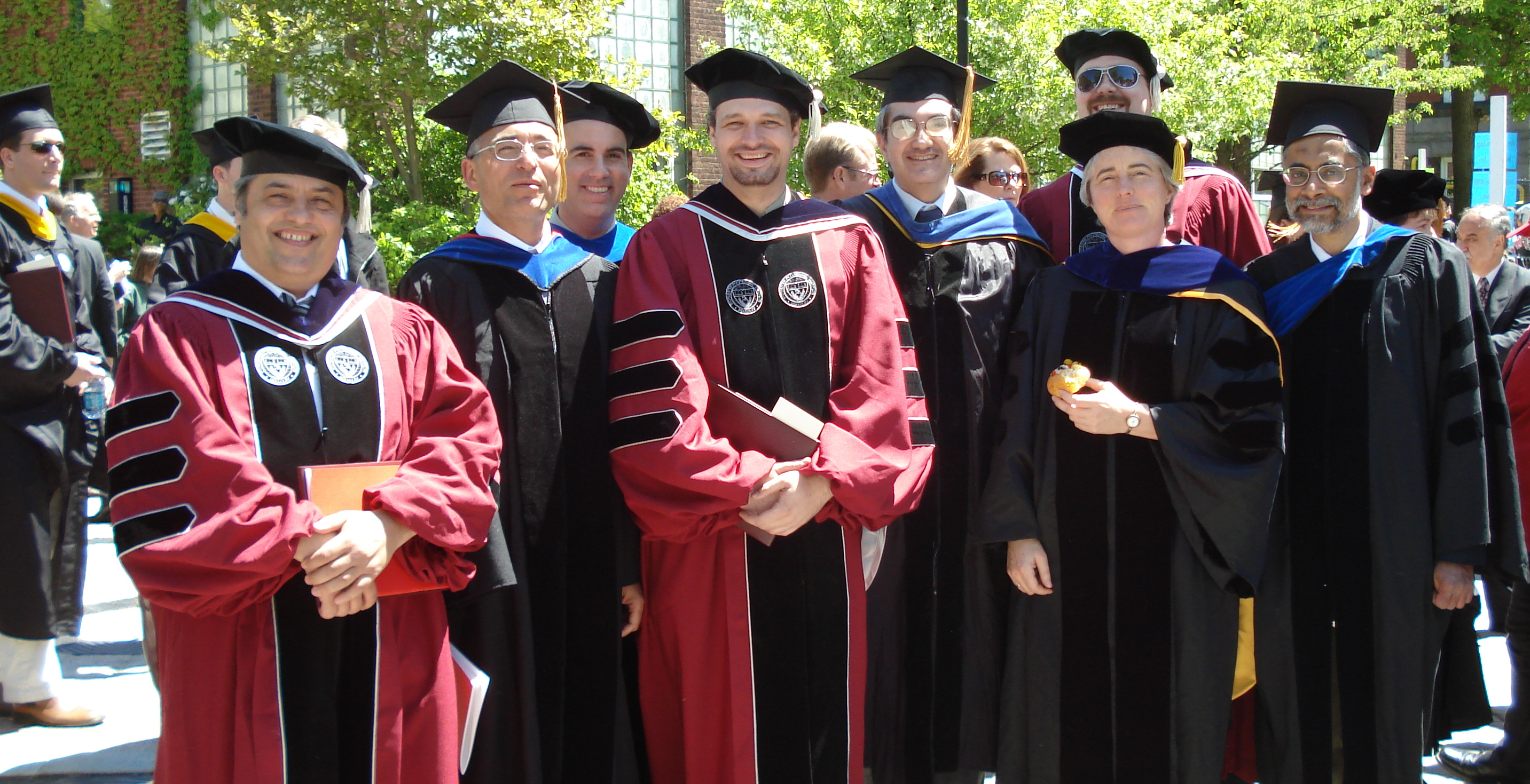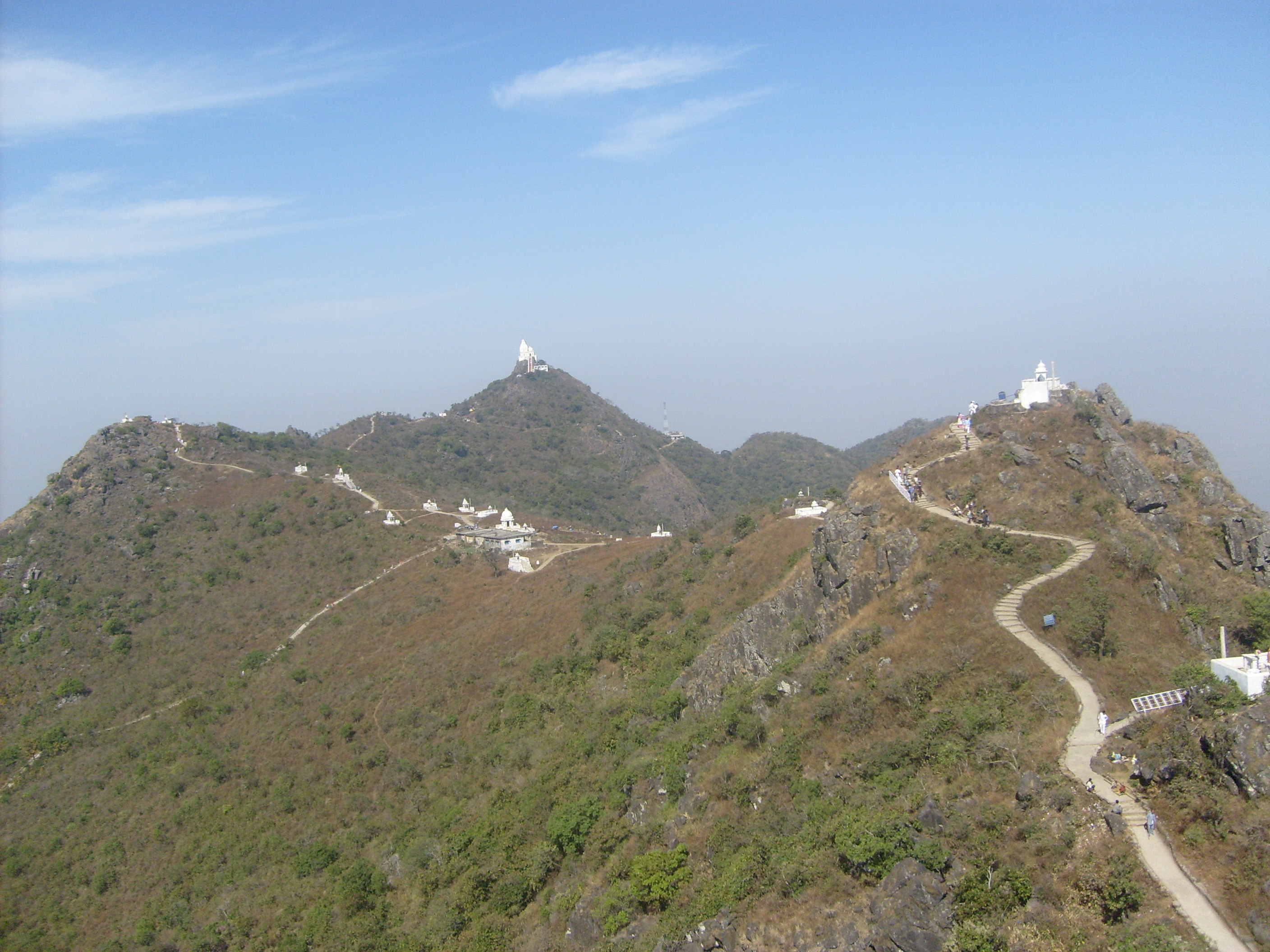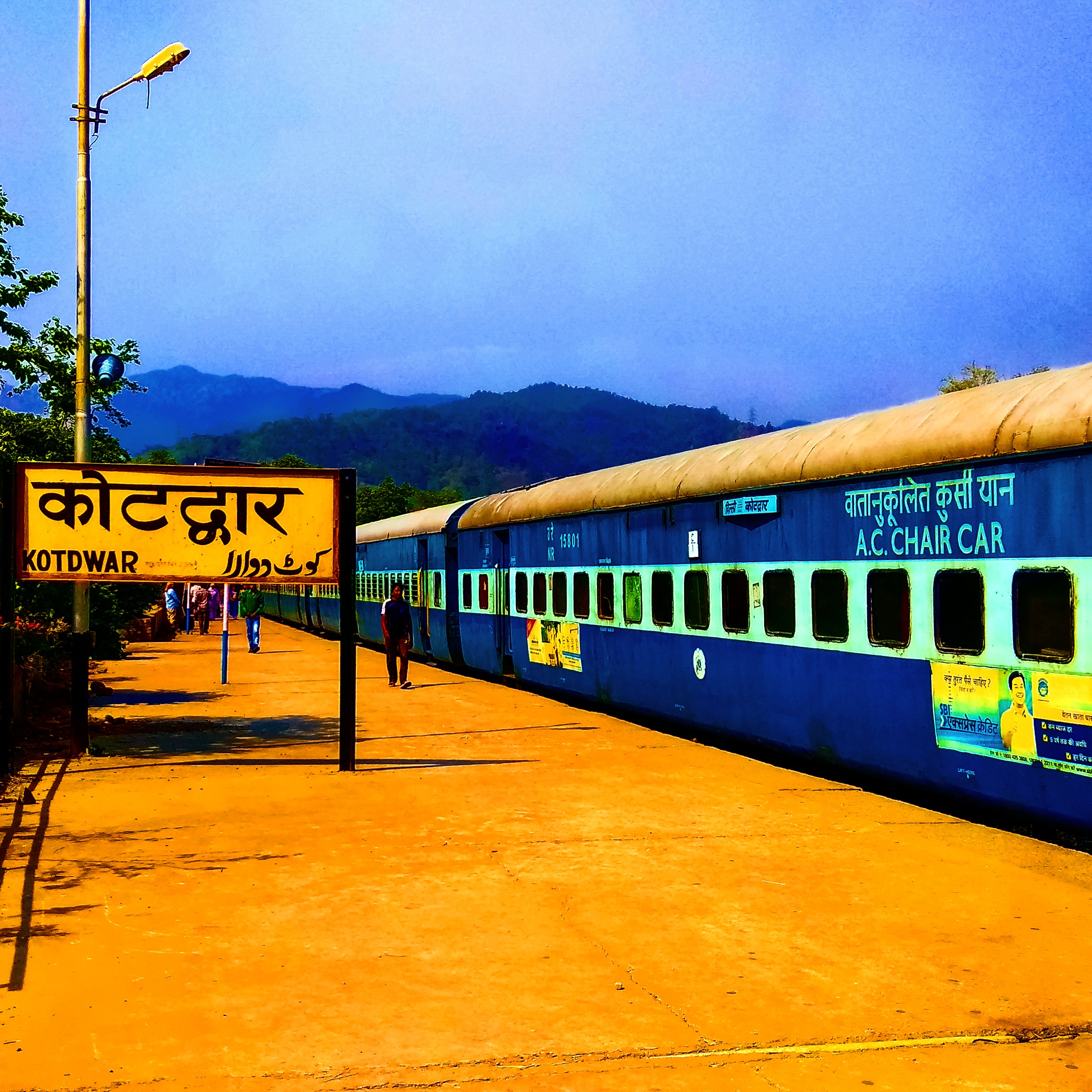|
Shivprasad Dabral Charan
Shiv Prasad Dabral (12 November 1912 – 24 November 1999), known by his pen name Charan, was an Indian historian, geographer, academic and writer from Uttarakhand. He is also known as 'Encyclopedia of Uttarakhand'. He started writing from 1931 onwards. He is the author of the monumental history of Uttarakhand in 18 volumes, 2 collections of poetry, 9 plays, and several edited volumes in Hindi and Garhwali. His ''Uttarakhand ka Itihaas'' (History of Uttarakhand) is widely used by scholars as reference work. He authored several books on the archeology and ecology of Uttarakhand. To his credit, Charan saved 22 rare books of Garhwali language from extinction by republishing them at his own press. He also rediscovered a rare poetry manuscript of Mola Ram. Biography Source: Early life and family Charan was born on 12 November 1912 in Gahli village of Pauri Garhwal district of Uttarakhand. His father Krishna Datt Dabral was the headmaster of local primary school. His mother's nam ... [...More Info...] [...Related Items...] OR: [Wikipedia] [Google] [Baidu] |
Pauri Garhwal
Pauri Garhwal is a district in the Indian state of Uttarakhand. Its headquarters is in the town of Pauri. It is sometimes referred to simply as Garhwal district, though it should not be confused with the larger Garhwal region of which it is only a part of. Geography Located partly in the Gangetic plain and partly in the Lower Himalayas, Pauri Garhwal district encompasses an area of and is situated between 29° 45' to 30°15' North Latitude and 78° 24' to 79° 23' East Longitude. The district is bordered on the southwest by Bijnor district of Uttar Pradesh, and, clockwise from west to southeast, by the Uttarakhand districts of Haridwar, Dehradun, Tehri Garhwal, Rudraprayag, Chamoli, Almora, and Nainital. Climate The climate of Pauri Garhwal is warm in summer and cold in winter. In the rainy season the climate is cool and the landscape green. However, in Kotdwar and the adjoining Bhabar area, it is quite hot, reaching well above during the summer. In the winter, many pa ... [...More Info...] [...Related Items...] OR: [Wikipedia] [Google] [Baidu] |
Doctor Of Philosophy
A Doctor of Philosophy (PhD, DPhil; or ) is a terminal degree that usually denotes the highest level of academic achievement in a given discipline and is awarded following a course of Postgraduate education, graduate study and original research. The name of the degree is most often abbreviated PhD (or, at times, as Ph.D. in North American English, North America), pronounced as three separate letters ( ). The University of Oxford uses the alternative abbreviation "DPhil". PhDs are awarded for programs across the whole breadth of academic fields. Since it is an earned research degree, those studying for a PhD are required to produce original research that expands the boundaries of knowledge, normally in the form of a Thesis, dissertation, and, in some cases, defend their work before a panel of other experts in the field. In many fields, the completion of a PhD is typically required for employment as a university professor, researcher, or scientist. Definition In the context o ... [...More Info...] [...Related Items...] OR: [Wikipedia] [Google] [Baidu] |
Coin
A coin is a small object, usually round and flat, used primarily as a medium of exchange or legal tender. They are standardized in weight, and produced in large quantities at a mint in order to facilitate trade. They are most often issued by a government. Coins often have images, numerals, or text on them. The faces of coins or medals are sometimes called the ''obverse'' and the ''reverse'', referring to the front and back sides, respectively. The obverse of a coin is commonly called ''heads'', because it often depicts the head of a prominent person, and the reverse is known as ''tails''. The first metal coins – invented in the ancient Greek world and disseminated during the Hellenistic period – were precious metal–based, and were invented in order to simplify and regularize the task of measuring and weighing bullion (bulk metal) carried around for the purpose of transactions. They carried their value within the coins themselves, but the stampings also induced manip ... [...More Info...] [...Related Items...] OR: [Wikipedia] [Google] [Baidu] |
Epigraphy
Epigraphy () is the study of inscriptions, or epigraphs, as writing; it is the science of identifying graphemes, clarifying their meanings, classifying their uses according to dates and cultural contexts, and drawing conclusions about the writing and the writers. Specifically excluded from epigraphy are the historical significance of an epigraph as a document and the artistic value of a literature, literary composition. A person using the methods of epigraphy is called an ''epigrapher'' or ''epigraphist''. For example, the Behistun inscription is an official document of the Achaemenid Empire engraved on native rock at a location in Iran. Epigraphists are responsible for reconstructing, translating, and dating the trilingual inscription and finding any relevant circumstances. It is the work of historians, however, to determine and interpret the events recorded by the inscription as document. Often, epigraphy and history are competences practised by the same person. Epigraphy is ... [...More Info...] [...Related Items...] OR: [Wikipedia] [Google] [Baidu] |
Temple
A temple (from the Latin ) is a place of worship, a building used for spiritual rituals and activities such as prayer and sacrifice. By convention, the specially built places of worship of some religions are commonly called "temples" in English, while those of other religions are not, even though they fulfill very similar functions. The religions for which the terms are used include the great majority of ancient religions that are now extinct, such as the Ancient Egyptian religion and the Ancient Greek religion. Among religions still active: Hinduism (whose temples are called Mandir or Kovil), Buddhism (whose temples are called Vihar), Sikhism (whose temples are called gurudwara), Jainism (whose temples are sometimes called derasar), Zoroastrianism (whose temples are sometimes called Agiary), the Baháʼí Faith (which are often simply referred to as Baháʼí House of Worship), Taoism (which are sometimes called Daoguan), Shinto (which are often called Jinja), C ... [...More Info...] [...Related Items...] OR: [Wikipedia] [Google] [Baidu] |
Virbhadra
Virbhadra is a town in Dehradun district in the Indian state of Uttarakhand, located close to the pilgrimage town of Rishikesh. It is most known as the factory township of Indian Drugs and Pharmaceuticals Limited, Rishikesh plant (IDPL), a Government of India undertaking, established in 1967, with about 2800 houses, with Government Inter College and a Kendriya Vidyalaya, established in 1976 with support from IDPL administration but get closed in 2000, again reestablished by initiative of centre government in same campus in 2003 The town also has a historical Virbhadra Temple, Neem Karoli Baba Ashram and a Hanuman Mandir. Very near to the town is the Pashulok Barrage which acts as a water reservoir for the Chilla Hydro power plant. The motorable road to the Neelkanth Mahadev Temple passes along the top of the dam.A book on IDPL township titled "Township ke Din" was written by writer Dr Harish Yadav which depicts the life of IDPL Virbhadra Township. Geography Virbhadra is loca ... [...More Info...] [...Related Items...] OR: [Wikipedia] [Google] [Baidu] |
Parasnath
Parasnath Hill (also Sammet Shikhar, Marang Buru) is a mountain peak in the Parasnath hill range. It is located towards the eastern end of the Chota Nagpur Plateau in the Giridih district (Hazaribagh district in British India) of the Indian state of Jharkhand, India. The hill is named after Parshvanatha, the 23rd Jain Tirthankara who got salvation here. In this connection, there is Jain pilgrimage Shikharji on the top of hill. The hill is also known as Sammet Shikhar (, the supreme deity) by other autochthonous of the region in religious contexts. History Historically parasnath or sammed shikharji is an ancient Jain pilgrimage site it is a place where the 23rd tirthankara Parshwanath(also known as Parasnath) attained salvation here in 772 BCE. It is noteworthy that the name of the Parasnath hill derived from the Jain Tirthankar Parshvanath who is also known as Parasnath or Parsva who attained salvation here during the 8th century BCE. After preaching for 70 years, Pars ... [...More Info...] [...Related Items...] OR: [Wikipedia] [Google] [Baidu] |
Mordhwaj
According to Indian folklore, Mordhwaj or Mordhwaja or Murddhawaja (Sanskrit: मोरध्वज) is an ancient king of the Mahabharata period, who is believed to have been blessed by Krishna. Legends According to regional folklore, Mordhwaj was a devotee of Krishna and a great donor. Arjuna was proud that there is no greater devotee of Krishna than him. After Mahabharata War was over, Lord Krishna told Arjuna that I have a devotee greater than you and that is Mordhwaj. Krishna reached King Mordhwaj in a Brahmin disguise and said that Maharaj, my lion, is hungry and he is a cannibal. The king Mordhwaj said that if I would be his food, it will be my fortune. Krishna said that both of you, husband and wife, should cut off the head of your son and feed him meat. In the meantime, even a single tear comes out; then, the lion will not eat it. Thus the king Mordhwaj and his queen cut off their son's head and put it in front of the lion. Then Krishna blessed king Mordhwaj and his son ... [...More Info...] [...Related Items...] OR: [Wikipedia] [Google] [Baidu] |
Kotdwar
Kotdwar is a city, municipal corporation in Pauri Garhwal district of Uttarakhand, India. It is just 101 km from Pauri, the district headquarter. It is the eighth-largest city in Uttarakhand. Its old name was "Kootdwar", which means the gateway of the high hill ''koot as Chitra koot'', since it is located on the bank of river Khoh. It is situated in the southwestern part of the state and is one of the main entrance points in the state of Uttarakhand. Initially isolated and less known, it came into prominence when it was connected with rails in 1890 by the Britishers. Kotdwar is famous for its well-known and holy Sidhbali Temple which is situated from Kotdwar. Sidhbali Temple is dedicated to Lord Hanuman and is visited by millions of believers all around the year. Etymology Kotdwar means Gateway to Garhwal because it's a gateway to hills of Pauri Garhwal region in Uttarakhand. History The city was initially ruled by the Mauryan Empire under the Great Ashoka, followed ... [...More Info...] [...Related Items...] OR: [Wikipedia] [Google] [Baidu] |
Pandwala Kalan
Pandwala Kalan, officially the Pindwala Kalan, is a village in South West Delhi. It is one of the largest villages by area, the tenth most popular village (with over 3,779 people) in the kapashera Tehsil of South-West Delhi. It is bounded by the Daulatpur, Hasan Pur villages on the south, the Ujawa on the southwest, and the Pandwala Khurd on the southeast. It shares land borders with Shri Hans Nagar and Khera Dabar to the west; Paprawat to the northeast; and Pandwala Khurd to the east. Etymology The name Pandwala Kalan is derived from Paṇḍ (पण्ड्), which means "to collect, heap, pile up", and this root is used in the sense of knowledge. The term is found in Vedic and post-Vedic texts, but without any sociological context. In the colonial era literature, the term generally refers to Brahmins specialized in Hindu law. Aala (आला), which means the supreme leader of the organization. The latter term stems from the Kalan (Hindustani: कलाँ, Punja ... [...More Info...] [...Related Items...] OR: [Wikipedia] [Google] [Baidu] |
Malari
Malari, situated in the Dhauli Ganga valley within the Nanda Devi Biosphere reserve, is a small village near the Tibet border. This area has been designated as a world heritage site. It is located 61 km from Joshimath, the nearest ''Tehsil,'' in the Chamoli District of Uttarakhand. "On the way to Malari we saw the fabled Dronagiri parvat from where Hanuman is believed to have procured Sanjivani, a plant to save the life of Lakshmana"(Ref:Himaranya - Ramananda Bharati). The villages in this valley include Reni, from where the Chipko movement of Garhwal Garhwal may refer to the following topics associated with Uttarakhand, India: Places *Garhwal Himalaya, a sub-range of the Himalayas *Garhwal Kingdom, a former kingdom *Garhwal District (British Garhwal), a former district of British India * Ga ... was started; Gaura Devi, from where the famous chipko activist hailed, as well as Lata, Peng, Tolma, Surai, Phagti, Jamgavar, Kaga and Garpag. Approximately 18 km from ... [...More Info...] [...Related Items...] OR: [Wikipedia] [Google] [Baidu] |
Pastoralism
Pastoralism is a form of animal husbandry where domesticated animals (known as "livestock") are released onto large vegetated outdoor lands (pastures) for grazing, historically by nomadic people who moved around with their herds. The animal species involved include cattle, camels, goats, yaks, llamas, reindeer, horses, and sheep. Pastoralism occurs in many variations throughout the world, generally where environmentally effected characteristics such as aridity, poor soils, cold or hot temperatures, and lack of water make crop-growing difficult or impossible. Operating in more extreme environments with more marginal lands means that pastoral communities are very vulnerable to the effects of global warming. Pastoralism remains a way of life in many geographic areas, including Africa, the Tibetan plateau, the Eurasian steppes, the Andes, Patagonia, the Pampas, Australia and many other places. , between 200 million and 500 million people globally practiced pa ... [...More Info...] [...Related Items...] OR: [Wikipedia] [Google] [Baidu] |






